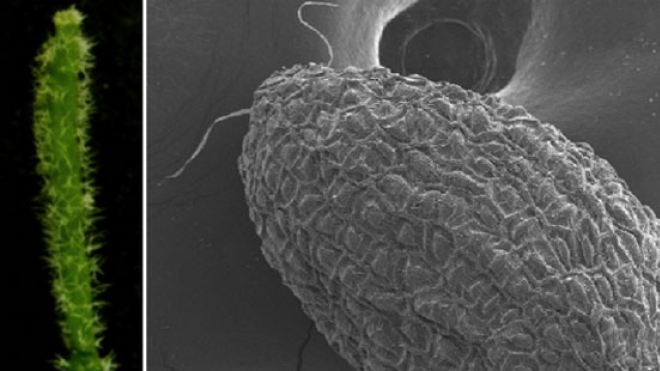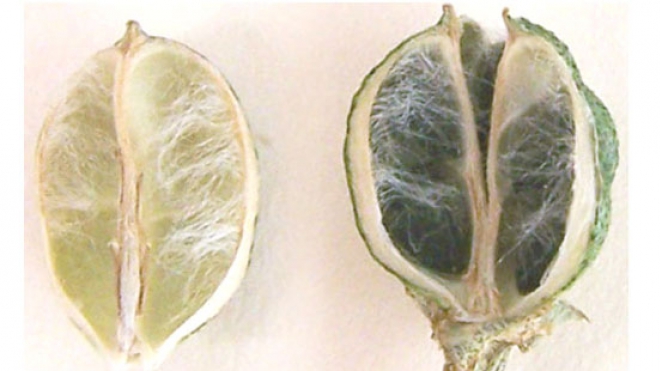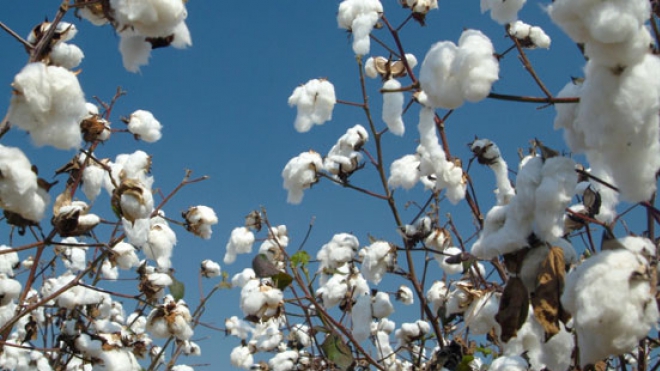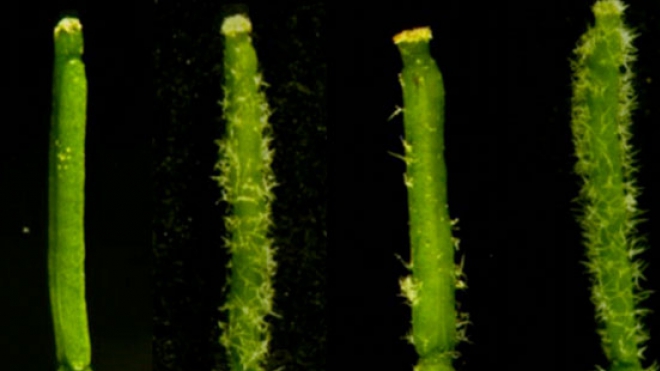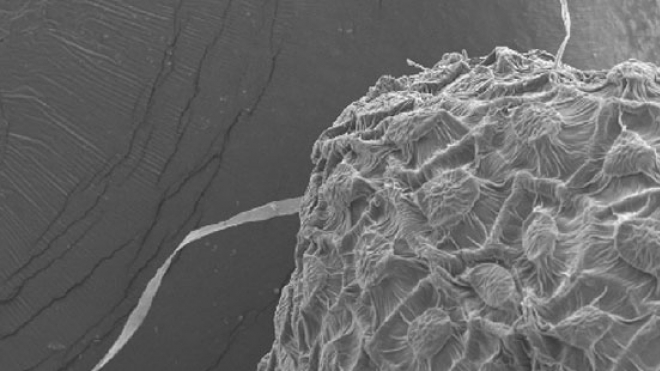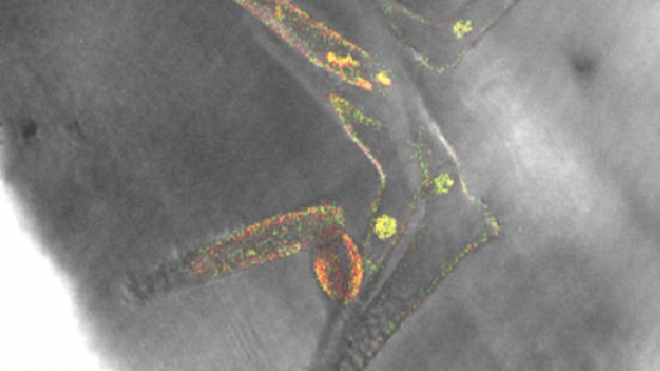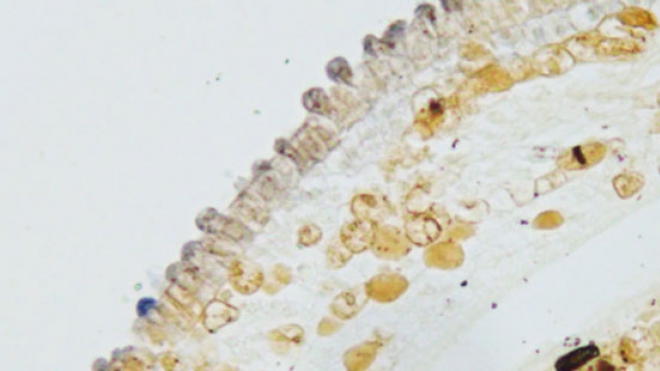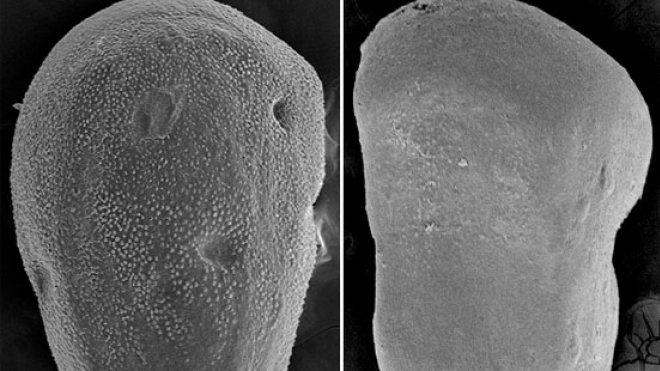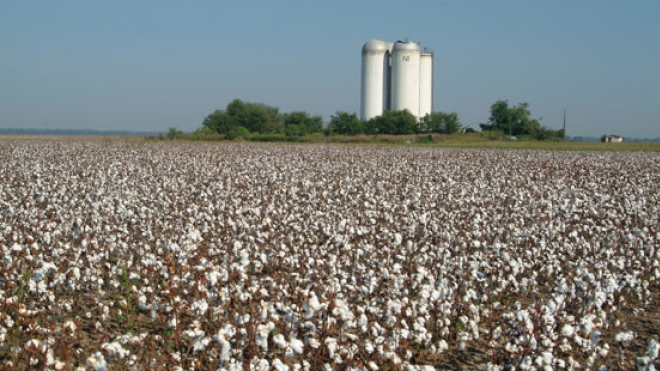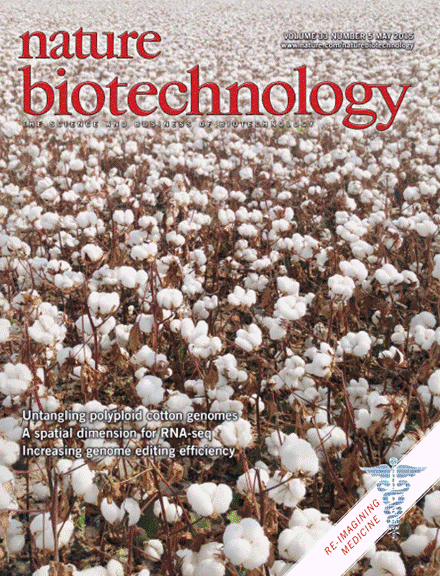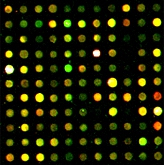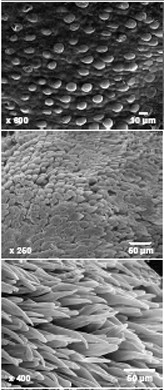Cotton is the largest source of natural textile fiber and a main oilseed crop, with major scientific, environmental, and socio-economic footprints. Each cotton fiber is a highly elongated seed hair with a secondary wall composed of almost pure cellulose. The large numbers (~20,000 per seed) and nearly synchronous development of cotton fiber cells have fostered their roles as a model system to study plant cell differentiation, expansion, and wall biosynthesis. Analysis of fibers is leading to a translational genomic interface with leaf trichomes, seed fibers, xylem elements, and other cells with thick walls. The cotton genus Gossypium is also a model for research on plant genome evolution and polyploidy. The project goals are to identify cotton genes and regulatory sequences that are important to fiber cell development and cellulose biosynthesis. Contemporary genomic resources will be developed for sequencing, assembling, and annotating the genomes of two major cultivated tetraploid species (G. hirsutum and G. barbadense), also known as Upland and Pima cotton, respectively. Next-generation sequencing technology will be used to identify gene expression changes at key stages of fiber development in Upland and Pima cotton. Conserved and unique genes as well as allele-specific expression patterns associated with fiber quality traits will be comparatively analyzed within Gossypium and with other genera. The function of cotton genes will be tested through genome wide screens in Arabidopsis, virus-induced gene silencing in cotton, and/or stable transgenic plants. Using sequencing-based fingerprinting techniques, a high-resolution integrated physical map will be developed as a community resource and sequencing template for tetraploid cotton. Innovative and scalable education and outreach modules in plant genomics, biotechnology, and bioinformatics will be developed for middle and high schools, two year colleges and undergraduate institutions in the Mississippi Delta, including two Historically Black Colleges and Universities (HBCUs), namely, Alcorn State University and Mississippi Valley State University.
This project is funded by the National Science Foundation and is a joint effort among these participating laboratories.

